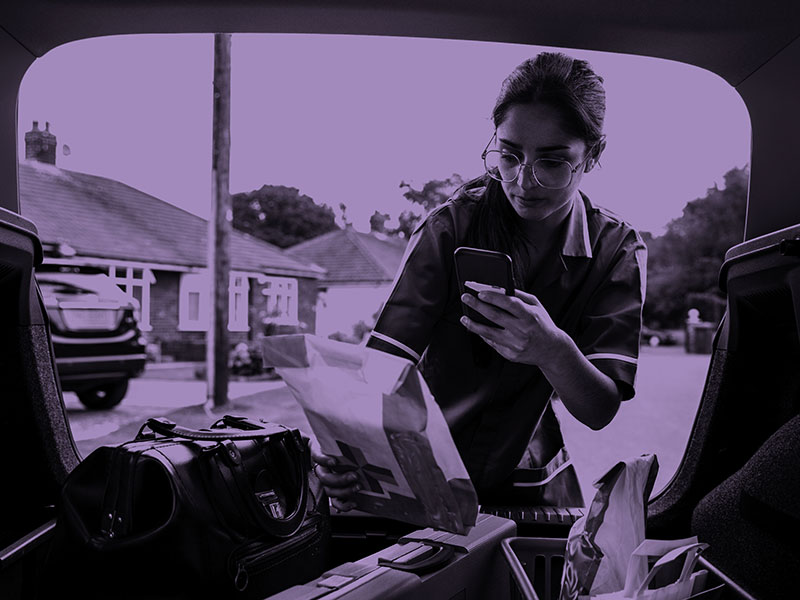Few public services provided on-line allow citizens to carry out transactions with departments electronically such as applying for and getting a driving licence and claiming and receiving benefits, Sir John Bourn, the head of the NAO, reported to Parliament today.
Jump to downloadsSir John highlighted three risks to successful implementation of electronic services. First, the public may see no advantage in accessing services electronically and take up may be low. Departments need to set take up targets and develop incentives to encourage people to use electronic services. These might include transferring some of the cost savings to users, providing free services and faster service delivery.
Secondly, groups such as those without access to a computer may be excluded from the benefits of e-government such as greater choice, convenience, speed, and accessibility. Only 7 per cent of those in the lowest income group have how internet access compared to 71 per cent of those on higher incomes. Departments should actively promote key services which meet the needs of specific groups, such as the elderly, all provided in the same place.
The third risk is that Departments may not provide the services that people want on line or may fail to deliver IT projects to intended cost, time and quality standards. E-government is requiring a fundamental change in the way departments operate which will require strong leadership and high quality staff training to secure the benefits of the new technology.
Government has set the target that 100 per cent of services should be available on line by 31 December 2005. Just over half of the 524 services departments routinely provide are on line but most provide information only – for example seven services (three per cent) provide grants or benefits on line and none collect revenue. Departments are expected to encourage and enable the public to use electronic services because service delivery on line is more efficient, but are unclear about the efficiency improvements IT can deliver.
This report considers departments’ progress in achieving e-government, focusing on the action taken to improve the delivery of IT projects and the risks that need to be managed by departments. The report highlights good practice which, if more widely applied, could help departments achieve the benefits of e-government.
The Office of Government Commerce’s ‘gateway’ reviews have looked at around 100 major IT projects with a total value of £10 billion. They are an important initiative for improving the performance of IT projects. But departments need to produce better business cases supporting spending on IT projects, to have improved IT project management skills, and to measure better the benefits achieved by IT projects.
The report also recommends that the Office of the E Envoy should work with departments to accelerate the dissemination and adoption of good practice on how to encourage citizens to take up services available on-line.
"A significant amount of taxpayers’ money is being spent on delivering public services through electronic means. We have found examples of innovative practice but there is much to do to realise the full potential from using internet technology and ensure a sufficient number of people use public services delivered electronically. The major challenge is to get services on-line and to encourage and enable people to use them. Otherwise the considerable potential gains in departments’ efficiency will not be delivered and large amounts of public money will have been wasted."
Sir John Bourn
Downloads
Publication details
- ISBN: 102914656 [Buy a hard copy of this report]
- HC: 704 I-III 2001-2002



